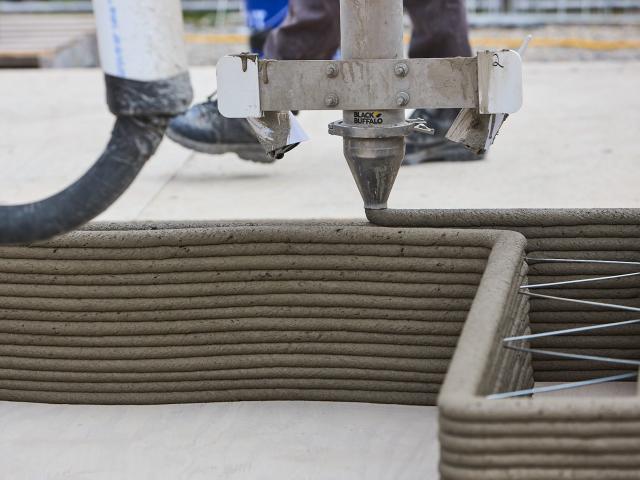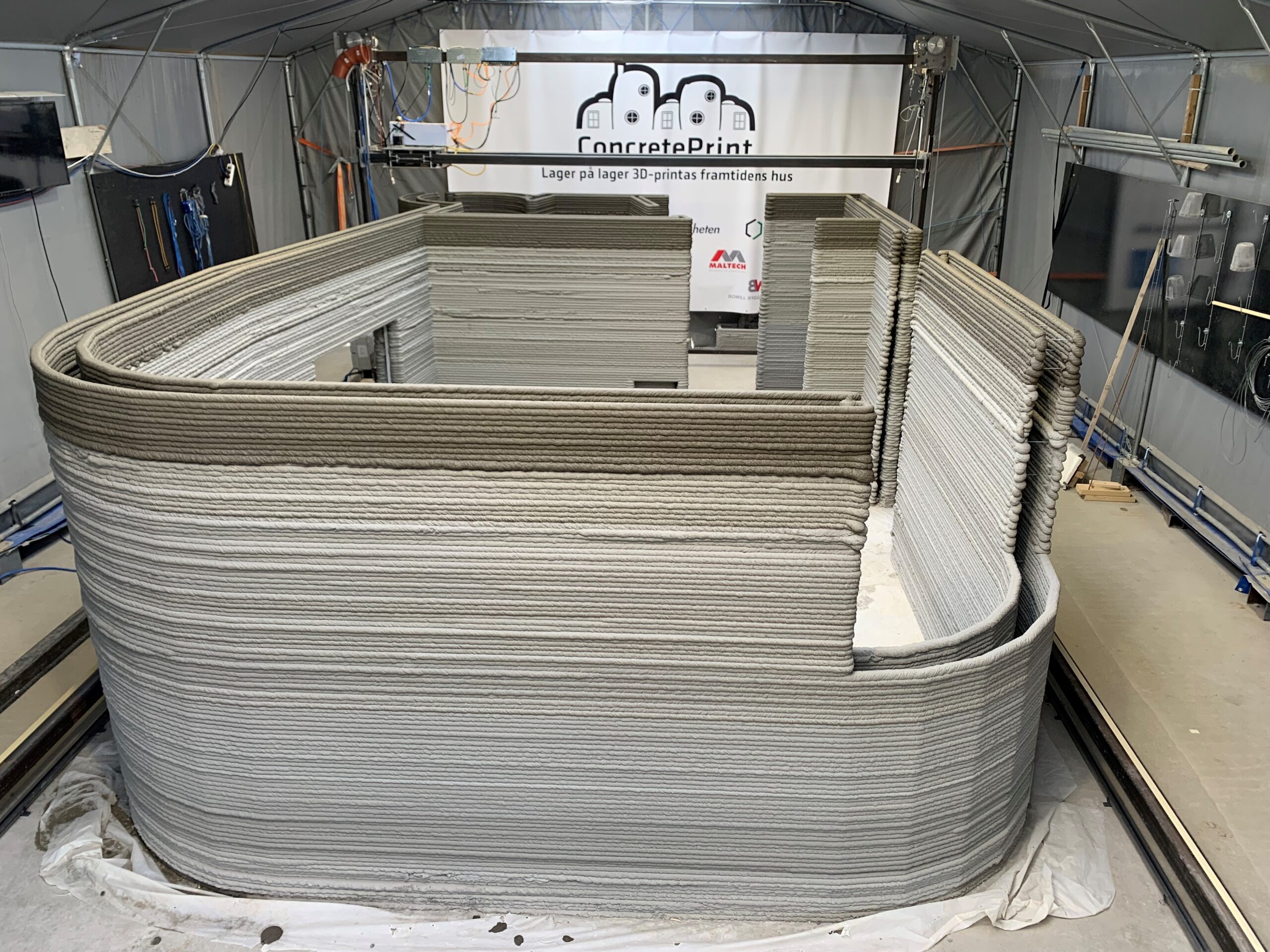3D Printing in Construction

One of the most disruptive technologies in the construction industry is 3D printing. This technology allows for the creation of intricate building components and even entire structures with incredible precision. From concrete houses to bridges, 3D printers are capable of producing complex architectural designs that were once considered impossible.

The Basics of 3D Printing in Construction:
At its core, 3D printing in construction involves using large-scale 3D printers to fabricate building components, structural elements, and even entire structures layer by layer. Unlike traditional construction methods that rely on assembling pre-made components, 3D printing allows for the creation of intricate and highly customized designs with unmatched precision.
Benefits of 3D Printing in Construction:
- Speed and Efficiency: 3D printing significantly accelerates the construction process. Traditional construction methods often involve time-consuming tasks like formwork and scaffolding, which can be eliminated through 3D printing. This technology can produce building components at a rapid pace, reducing overall construction timelines.
- Cost Reduction: While the initial investment in 3D printing technology can be substantial, it often leads to cost savings in the long run. Reduced labor costs, minimal material waste, and streamlined construction processes all contribute to lower project expenses.
- Design Freedom: 3D printing enables architects and designers to explore unprecedented levels of creativity. Complex and organic shapes that were previously challenging to construct using traditional methods are now feasible, opening up new possibilities in architectural design.
- Sustainability: Sustainable construction is a top priority in the modern era, and 3D printing can contribute to this goal. By using materials more efficiently and producing less waste, 3D printing aligns with sustainability principles. Additionally, it allows for the use of eco-friendly and recycled materials.


